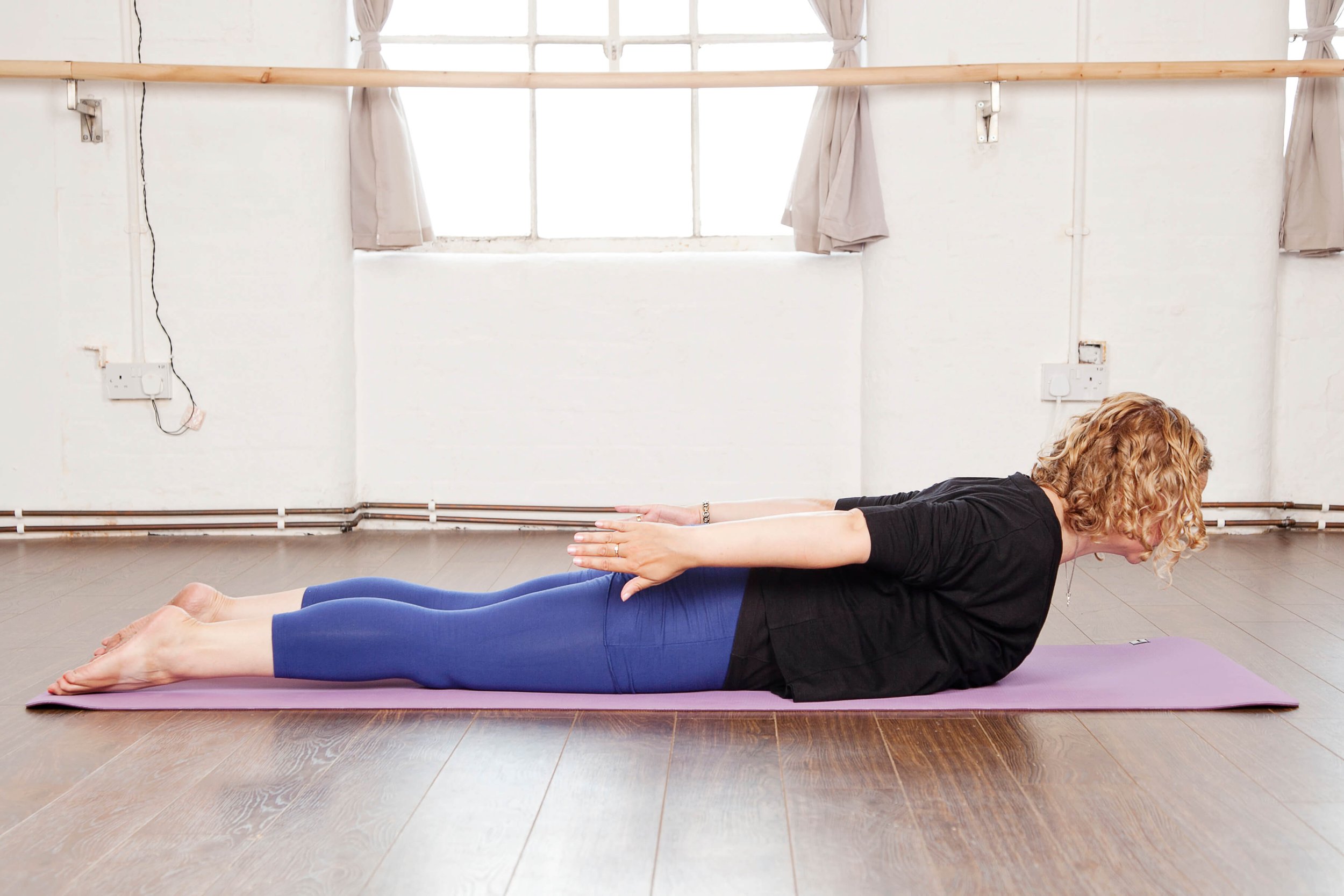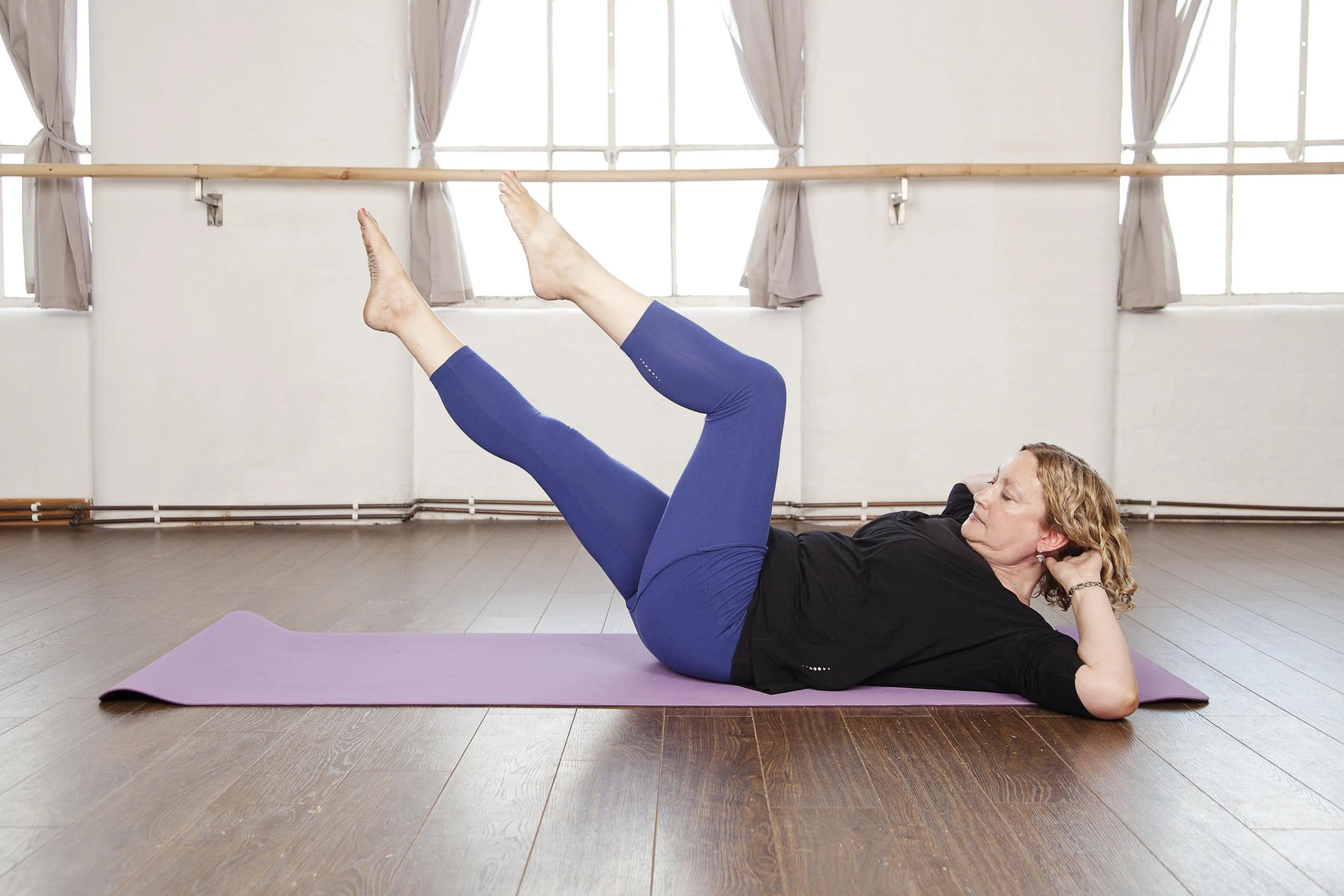Pilates - How to get More out of Your Pilates Class (the Breathing)
How to get more out of your Pilates class Arrive in good time to catch the Pilates set-up at the beginning of class. Breathing is the first and most important principle of Pilates and will help you gain more from the exercises and thereby build greater strenth.
What is Slow Mindful Yoga?
Slow Mindful Yoga consists of yoga postures as well as (breath work), yogic meditation and Yoga Nidra (deep relaxation). The focus of Slow Mindful Yoga is its effect on the nervous system and how it makes the practitioner feel at specific points during the session and afterwards.
Pilates - How Pilates Can Help You
Tips for sitting at your desk.- ensure your feet are hip distance apart with the outside edge of each foot straight. Heels under knee caps. Pelvis “neutral”, body weight over the pelvis. Align your ear above your shoulder and release the arms to the sides. When typing – maintain a right angle at the elbow. Notice how you feel much better already and breathing is easier. Always take a moment to sit like this at your desk and take regular breaks to stand up and walk around.
Why Slow, Mindful Yoga
Slow, mindful yoga is a nuanced approach which works the body internally and externally. The emphasis is on the effect of the postures on the body and breath during and after the sessions (i.e. how do they make you feel).
Why Practise Chair Yoga
Chair yoga is for everyone who wants to give it a go! Chair yoga can provide all the benefits of a regular mat-based yoga class without practising extreme and unsustainable versions of postures.
Find your Path to Improved Sleep
How to improve your sleep. Many UK adults are currently struggling with sleep issues. If you are one of those experiencing sleep problems, yoga can help you on a path to find improved sleep. An evening specific yoga practice is key to help you wind down and experience better sleep at the relevant time.
The Benefits of Yoga - Relaxation
The benefits of Yoga - Relaxation – this is a biggie in the world of yoga and one of the most renowned benefits.
GET THE DOWNLOAD
7 ACCESSIBLE YOGA PRACTICES (Just About) EVERYONE CAN DO
Join my online community of yoga and wellness enthusiasts and receive free yoga and lifestyle tips, free yoga for improved sleep tips + early access to special offers.














